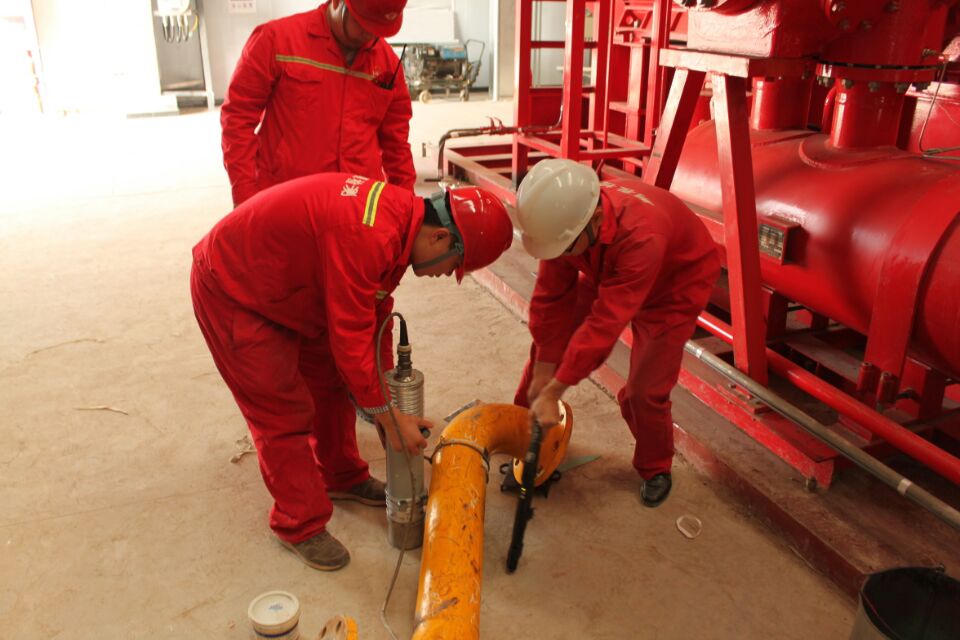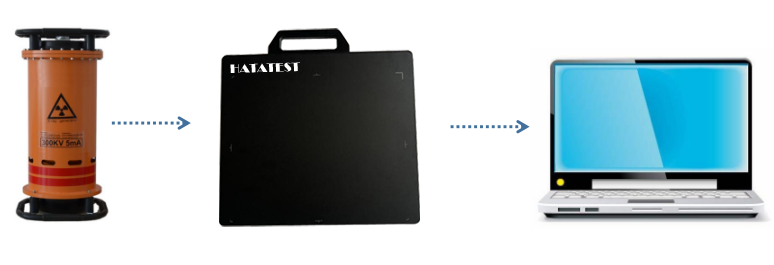Art restoration in London, munitions production in Argentina, bridge construction in New York, and Malaysia's oil and gas industry do not seem to have much in common. However, they can all adopt a method of radiation quality control, which is non-destructive testing (NDT).

Radiographic testing is one of the most important non-destructive testing technologies on the market and is widely used in Malaysia. It is based on the difference between the absorption of X-rays absorbed by an X-ray machine from the detected object and the emitted gamma rays Radiation source.
Radiographic inspection uses ionizing radiation (including X-rays or gamma rays) to produce images of the internal structure of solid and hard materials such as steel and concrete. The rays pass through the material, exposing the film placed on the other side of the material. The degree of light and darkness of a film varies with the amount of rays that penetrate the object to reach the film: the thinner or the lower the density of the object, the more rays penetrate. Based on the light and dark changes in the image, the thickness or composition of the material can be determined, revealing internal defects or cracks.
Radiographic testing plays a vital role in the manufacture and maintenance of materials and structures, and will not cause any damage to the test object, nor will it leave any radioactivity on the test object. Radiographic testing is used to determine and improve quality to ensure safety. Specific applications include crack detection and evaluation, dimensional measurement, leak detection, structural characterization, stress and dynamic response measurements, structural integrity analysis, and material classification, such as determining the chemical composition and conductivity of materials.
-
 Sales@hata-ndt.com
Sales@hata-ndt.com -
 0086-0371-86172891
0086-0371-86172891










